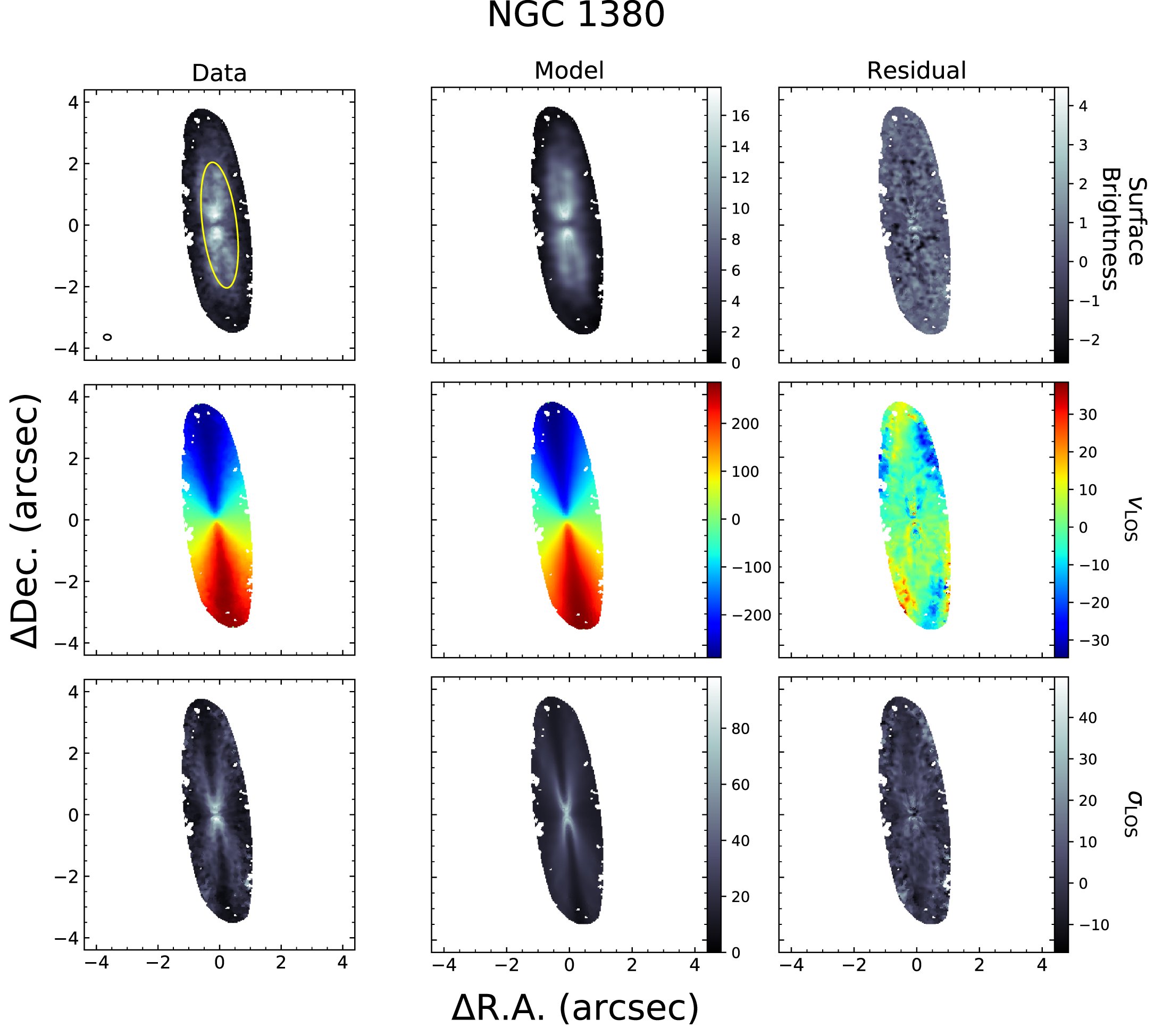Research
I’ve had a number of research experiences as both an undergraduate and graduate student. Below, I highlight the main projects I’ve worked on over the years. I currently work as a data scientist as part of the NASA Earth Exchange (NEX) at NASA Ames Research for the Bay Area Environmental Research Institute.
Remote Sensing Research at NASA Ames Research Center/Bay Area Environmental Research Institute
Big Earth Science data, supercomputing, and machine learning. Those are the pillars of my current research as a Data Scientist at NASA Ames. With increasingly sensitive detectors that sample faster than ever, we collect large amounts of data (terabytes to petabytes) on shorter and shorter time scales. At Ames, I work primarily on addressing two main questions:
1. How can we leverage high performance computing to process all of the publicly available Light Detection and Ranging (LiDAR) data in the state of California?
2. How can we develop a robust deep learning algorithm to perform semantic segmentation on cloudy pixels, non-cloudy pixels, and cloud shadow pixels in both NASA geostationary (GEO) and low-Earth orbiting (LEO) data that effectively discriminates among the classes at high confidence regardless of time of day, geographic location on Earth, and Sun orientation angle?
Supermassive Black Hole Research at UC Irvine (PhD)
Astronomers believe that every massive galaxy harbors a supermassive black hole at its center. These black holes can weigh between a million to over a billion times that of the sun. Since the 1990s, astronomers have used telescopes such as the Hubble Space Telescope to probe the centers of galaxies and study the environments these black holes live in. Observational studies have revealed that the mass of the supermassive black hole is correlated with large-scale properties of the host galaxy, and it is thought that the black hole and host galaxy co-evolve together through cosmic time, each affecting the life cycle of the other.
This animation steps through an ALMA data cube and a corresponding model I’ve built to emulate it in increments of 10.2 km/s. The blue stuff you see at the center is radio emission (specifically from carbon monoxide, or CO) coming from different locations of the rotating gas disk. Because the velocity changes across the position of the disk, we see gas at different Doppler-shifted velocities.
A data and model comparison for the central gas disk in the giant elliptical galaxy, NGC 1380. The first row is surface brightness, the second row is the rotational velocity of the disk, and the final row is the gas’s velocity dispersion.
For my PhD, I have developed a dynamical modeling framework in the Python programming language to weigh supermassive black holes at the centers of early-type galaxies. The sample of galaxies I study have rotating disks of gas and dust at their centers whose motions are affected by the central supermassive black hole. My framework is used to model observational radio data acquired from the Atacama Large Millimeter/submillimeter Array (ALMA) to constrain the masses of these black holes. ALMA has an unprecedented combination of sensitivity and angular resolution to study the inner regions of galaxies and observe emission emanating from gas clouds that are orbiting the black hole.
Presenting my research on supermassive black holes at the 240th Meeting of the American Astronomical Society in Pasadena, California in June of 2022.
Me at my poster for the 235th Meeting of the American Astronomical Society in Honolulu, Hawaii, in January of 2020.
Liquid Crystal Research at UC Merced (Undergraduate)
Presenting my research poster, “Quantum Dot Dispersion in Confined Cholesteric Liquid Crystal”, at the APS March Meeting in 2017.
I obtained my bachelor’s degree in Physics and my minor in Applied Mathematics at the University of California, Merced where I was an undergraduate from 2013-2017. During this time period, I worked as a Physics Educational Lab Assistant for 3 years where I set up, tested, and maintained the educational physics labs and equipment that UC Merced students used during their labs. Starting in the summer of 2015, I worked as an undergraduate student researcher in Professor Linda Hirst’s experimental soft condensed matter lab where I conducted experiments to study the properties of cholestric liquid crystals. I also spent the summer of 2016 as a NASA Student Airborne Research Program intern, where I used atmospheric chemistry models to understand air pollution in California.
Presenting my research poster, “Investigating Quantum Dot Self-Assembly in a Cholesteric Liquid Crystal at the 2015 Conference in Washington D.C.
My first research experience came through the California Alliance for Minority Participation Program (CAMP) as a sophomore at the University of California, Merced. I joined Professor Linda Hirst’s group as an undergraduate researcher through the California Alliance for Minority Participation (CAMP) Program at UC Merced in the summer of 2015 and conducted research on dispersing quantum dots in cholesteric liquid crystals. I remained a member of the group until my graduation in 2017, and wrote my senior thesis, Quantum Dot Confinement in Cholesteric Liquid Crystals as part of my senior project. My Bachelor’s thesis can be read here.
Atmospheric Chemistry Research at NASA SARP
Flying in the cockpit of NASA’s DC-8. It was an incredible experience, but also extremely turbulent!
I was a member of the NASA Student Airborne Research Program (SARP) in the summer of 2016. Through this experience, I flew on NASA’s DC-8 and conducted atmospheric chemistry research under Prof. Sally Pusede of the University of Virginia, focusing on the production of ozone in California’s San Joaquin Valley, and how the California drought affected pollution in California. Well after SARP ended, my good friend and fellow SARP intern, Mary Angelique Demetillo, continued to study ozone air pollution as part of her PhD at University of Virginia, and ended up publishing a paper on how drought influences air pollution in 2019.







